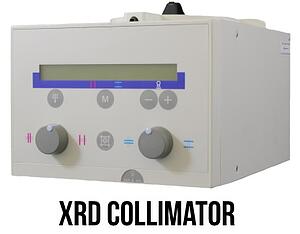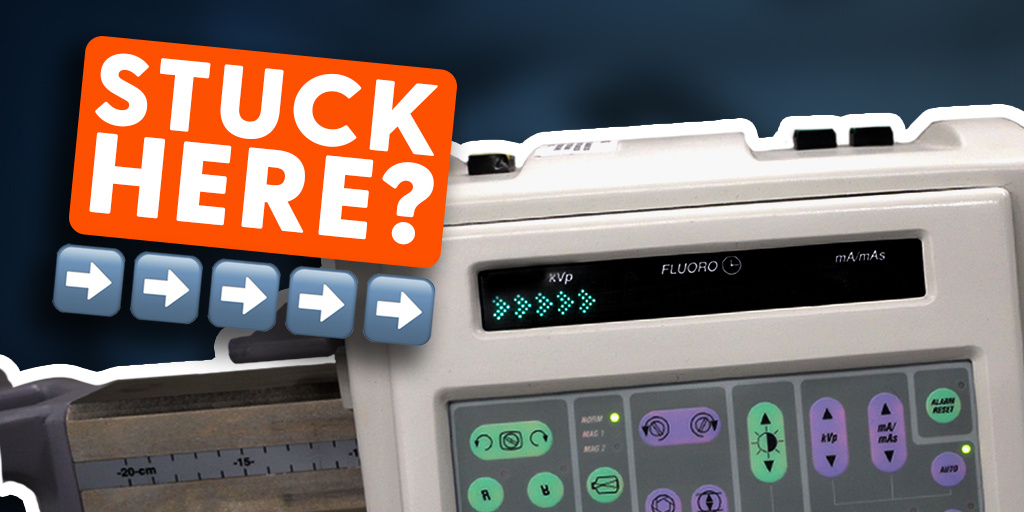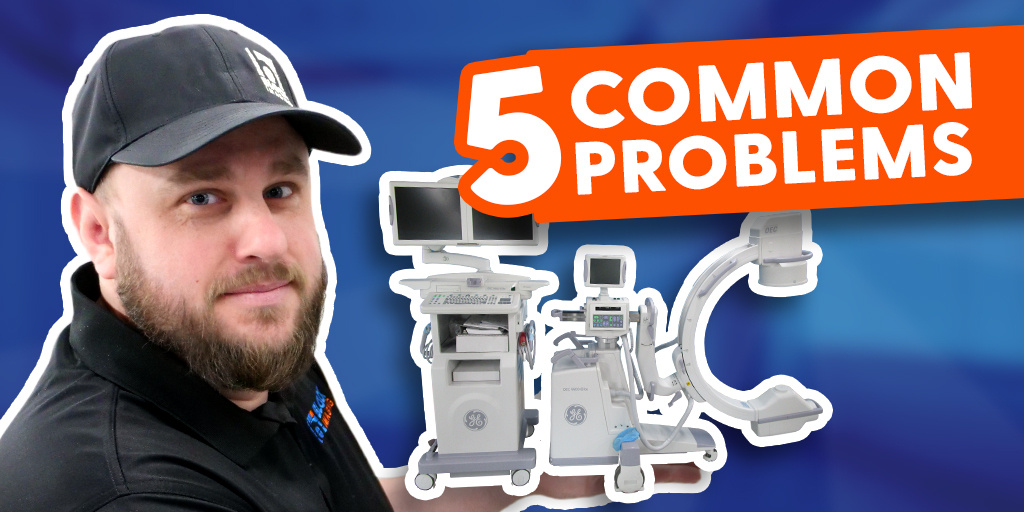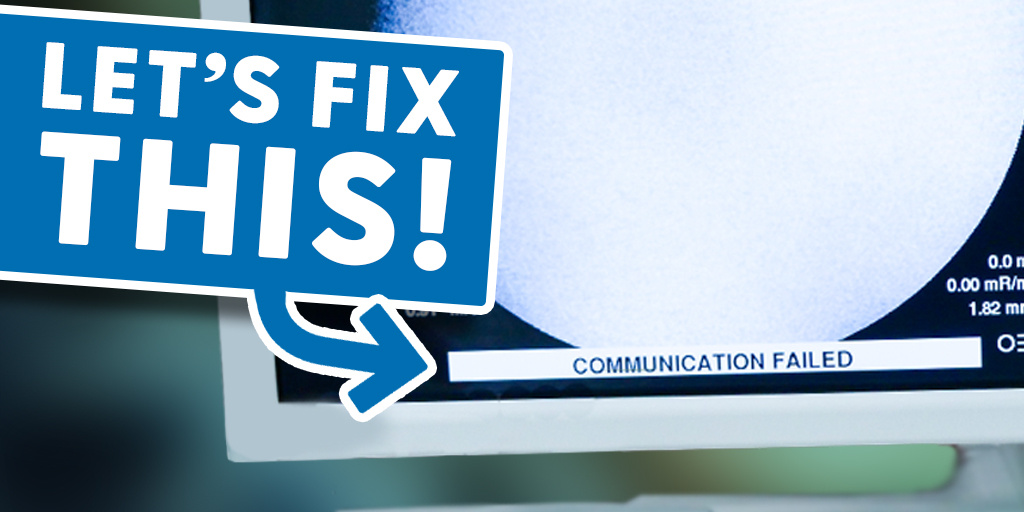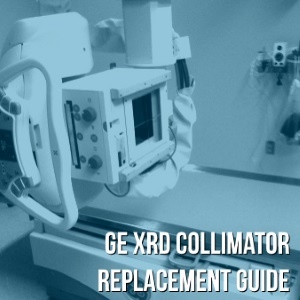
For the GE XRD (or any X-ray room, for that matter), proper collimator function is important not just for optimum image quality, but also for controlling radiation dose for patients and practitioners alike. Collimators generally last a long while, but degradation and eventual failure are still possibilities that any facility using X-ray equipment needs to be prepared to respond to.
Whether your XRD collimator is on the fritz right now or you simply like to stay informed and think ahead, the following information will help you build your cost expectations, know what problems to look for, and help ensure that the installation of a replacement collimator goes smoothly.
Need XRD parts now? Click here to request.
Life Expectancy
It's difficult to quantify exactly how long an XRD collimator (part numbers 2266999 & 10092624) will last. They contain quite a few moving parts and, as is true with most machinery, where there are moving parts, there is a possibility of failure. The most significant factor in how long your collimator will last will be how hard you run it. If you have a high patient volume on a consistent basis, expect your collimator to fail sooner.
Some signs of impending failure include: sluggish collimation, grinding or buzzing motors, or decreasing button sensitivity on the control panel. If you're experiencing these symptoms, now is the time to begin making a plan for replacing your collimator.
Replacement Cost
While your collimator is one of the more expensive parts to replace, the good news is that you can help control this cost by buying used and returning your current collimator as an exchange. See the cost comparison between new and used below (based on price averages at time of publication, March 2018):
OEM with exchange: $22,000
OEM without exchange: $34,000
Used with exchange: $5,000
Used without exchange: $13,500
Availability
Currently, replacement XRD collimators are relatively easy to find, so you have a strong likelihood of being able to take advantage of the low used price figures above.
Before you Install Your Replacement
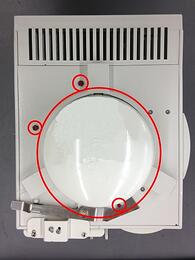
Another important thing to know about XRD collimator replacement is proper install prep. When a collimator is shipped, there are some bolts put in it to retain moving parts and a plastic cap held in by set screws that keeps debris out of the iris during transit. These MUST BE REMOVED before you put your collimator on your unit. Failure to do so can ruin belts and motors in your replacement.
Remove the 3 bolts (usually only finger tightened) and the big plastic cap (you'll need a 4 mm allan wrench) circled in the photo on the right and transfer them to your old collimator to return it safely as an exchange.
If you are experiencing sluggish collimation, hearing buzzing or grinding, or seeing collimator leaves at the edges of your images, consider looking into a replacement today. If you have more questions about XRD collimators or other aspects of X-ray service, contact us. We're happy to help.

Chad Seelye
Chad Seelye is Vice President of Part Sales for Block Imaging. He loves to offer parts solutions that get customers excited about doing more with their equipment for less. Outside of work, he loves to explore new areas with his wife. It doesn't matter where they are, as long as they've never been there before. Chad also loves all things MSU basketball and football.


